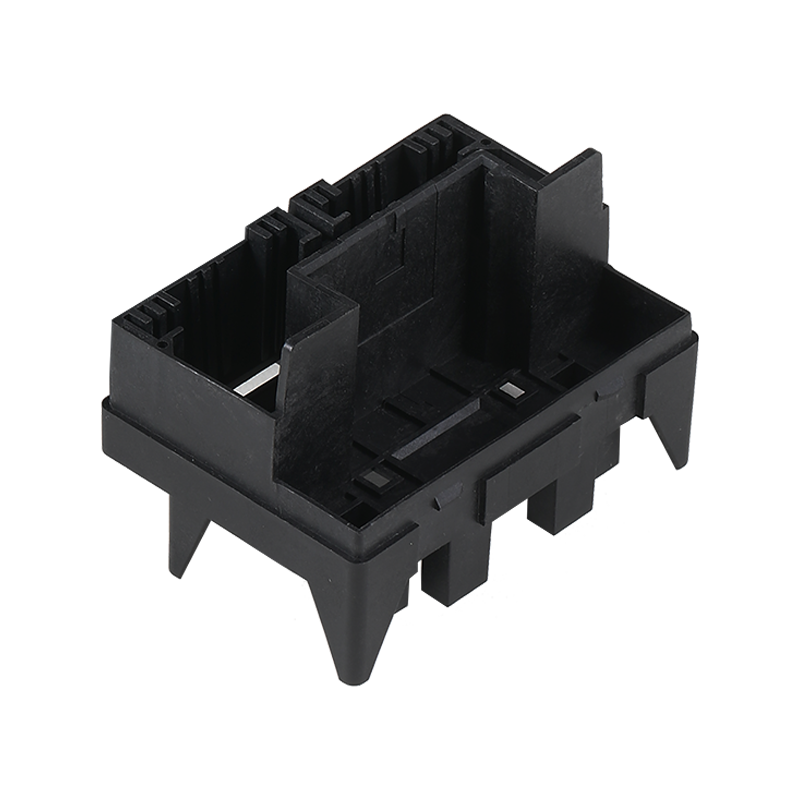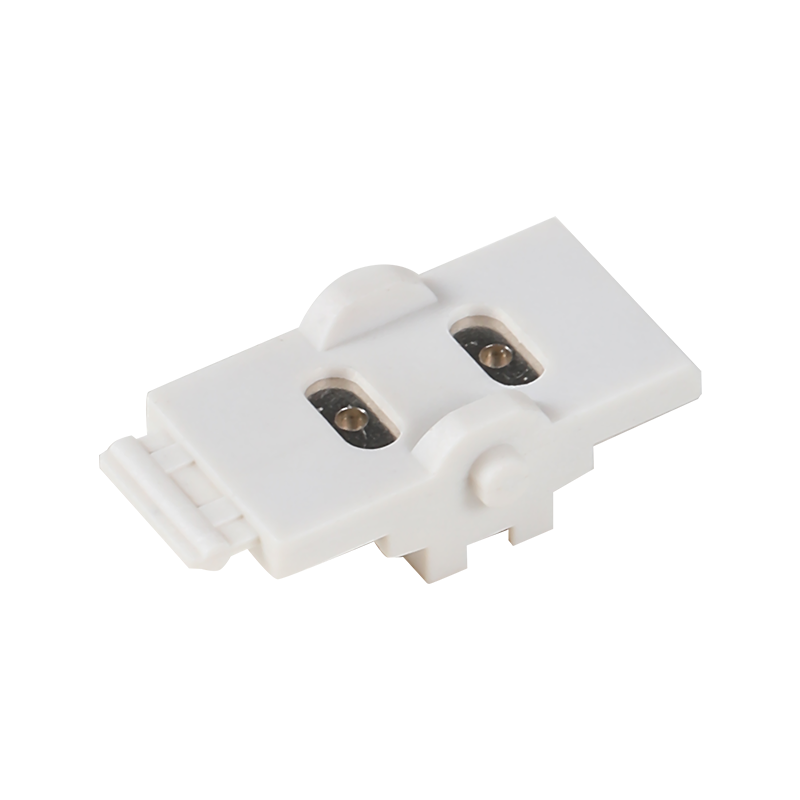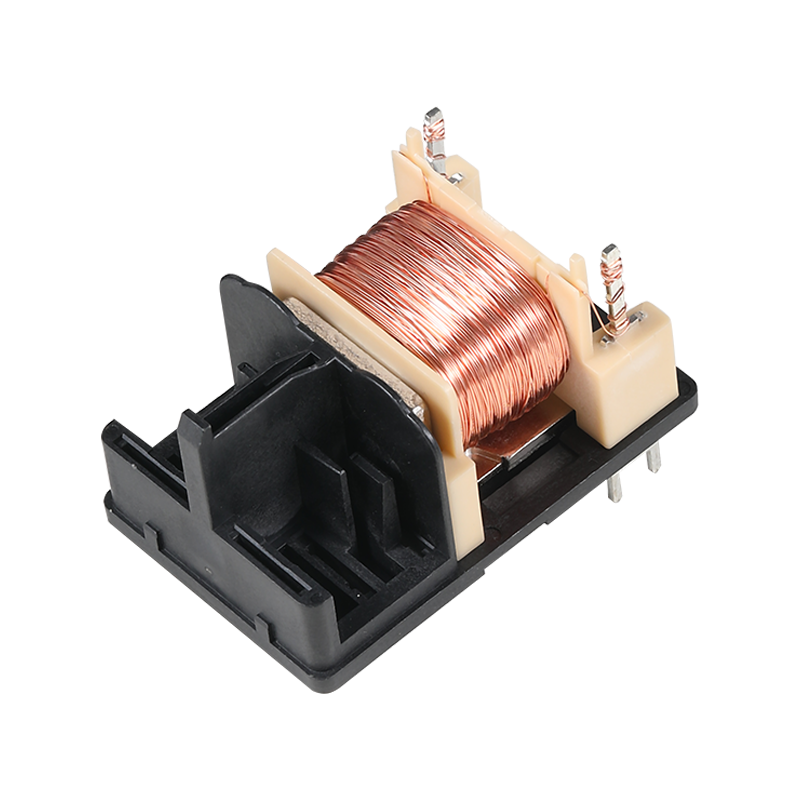
The manufacturing sector for electronic components continues to evolve through advancements in injection mold technology, particularly in the production of specialized parts including connector components, general purpose relay components, magnetic latching relay components, and new energy relay components. These developments in injection mold processes are enabling manufacturers to achieve higher precision, improved efficiency, and greater consistency in output. The role of injection mold systems in producing such critical parts underscores their importance in modern industrial supply chains, especially as demand grows for more reliable and high-performance electronic devices.
Injection mold technology has become central to the fabrication of connector components, which require exact dimensional accuracy and predominant surface finish to ensure proper conductivity and secure connections in electronic assemblies. Through refined injection mold techniques, manufacturers can produce connector components with complex geometries and tight tolerances, meeting the rigorous standards of industries such as automotive, telecommunications, and consumer electronics. Similarly, the production of general purpose relay components benefits significantly from advanced injection mold methods, which allow for the high-volume manufacture of durable and thermally stable parts essential for circuit control applications.
The development of magnetic latching relay components presents unique challenges due to the integration of magnetic elements and the need for precise alignment within compact designs. Injection mold technology addresses these requirements by enabling the encapsulation and structural formation of these components with consistent quality. Moreover, the rise of sustainable technologies has increased the demand for new energy relay components used in applications like electric vehicles, solar power systems, and energy storage solutions. Injection mold processes are critical in creating these components, which must endure high voltages, bad temperatures, and frequent operational cycles.
Customized production mould solutions have further expanded the capabilities of injection mold applications. By leveraging digital design tools and precision engineering, manufacturers can develop tailored injection mold systems for specific client needs, whether for connector components, general purpose relay components, magnetic latching relay components, or new energy relay components. This approach not only accelerates prototyping and production but also enhances material efficiency and reduces waste. The adaptability of customized production mould setups allows for rapid adjustments in design, supporting iterative improvements and innovation across various component types.
Quality assurance in injection mold operations is achieved through rigorous testing and real-time monitoring systems. Each injection mold process for connector components, general purpose relay components, magnetic latching relay components, and new energy relay components is closely supervised to detect deviations and ensure conformity to specifications. The use of automated inspection and data analytics in injection mold production lines has elevated reliability, small defects and reinforcing product integrity. Such measures are especially important for components deployed in safety-critical and high-performance environments.
Looking ahead, injection mold technology is set to embrace more sustainable and intelligent manufacturing practices. Innovations such as biodegradable polymers energy-saving machinery, and AI-driven process optimization are gradually being integrated into injection mold systems. These trends, combined with the flexibility of customized production mould approaches, will continue to drive the production of connector components, general purpose relay components, magnetic latching relay components, and new energy relay components. As global industries increasingly rely on advanced electronics, injection mold technology will remain a foundational element in the manufacturing landscape, enabling the creation of smaller, smarter, and more efficient components for the future.

 English
English 中文简体
中文简体 русский
русский








